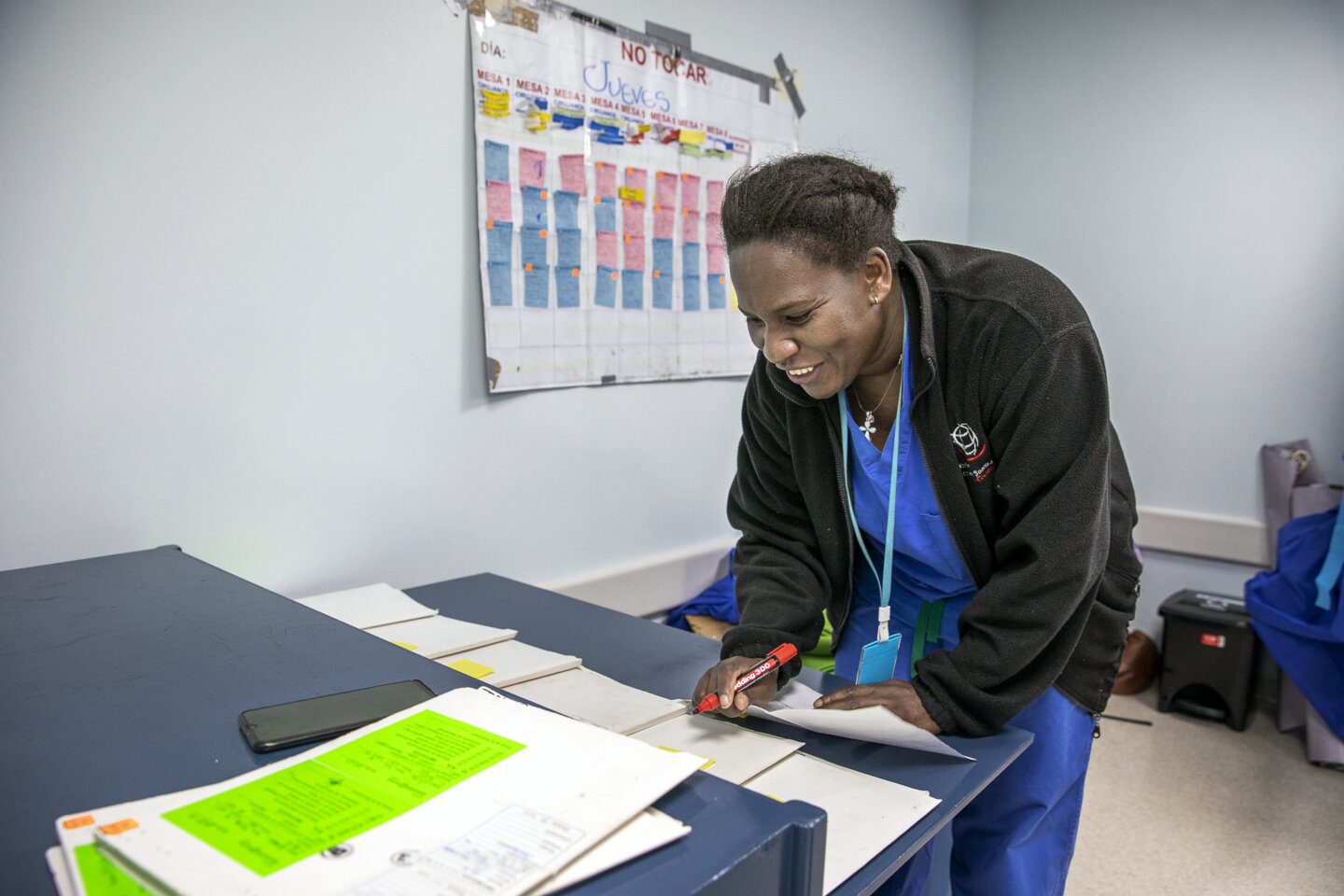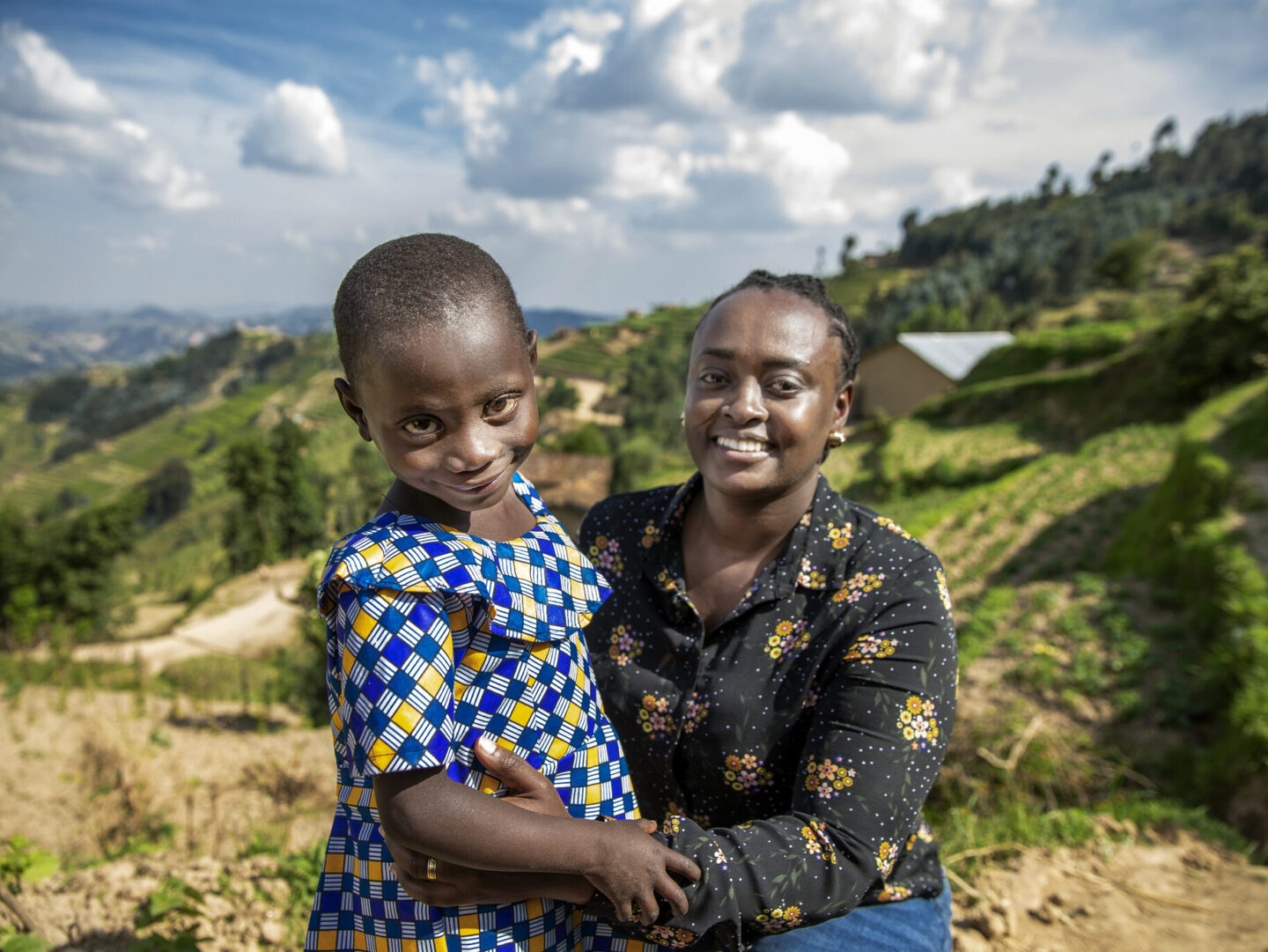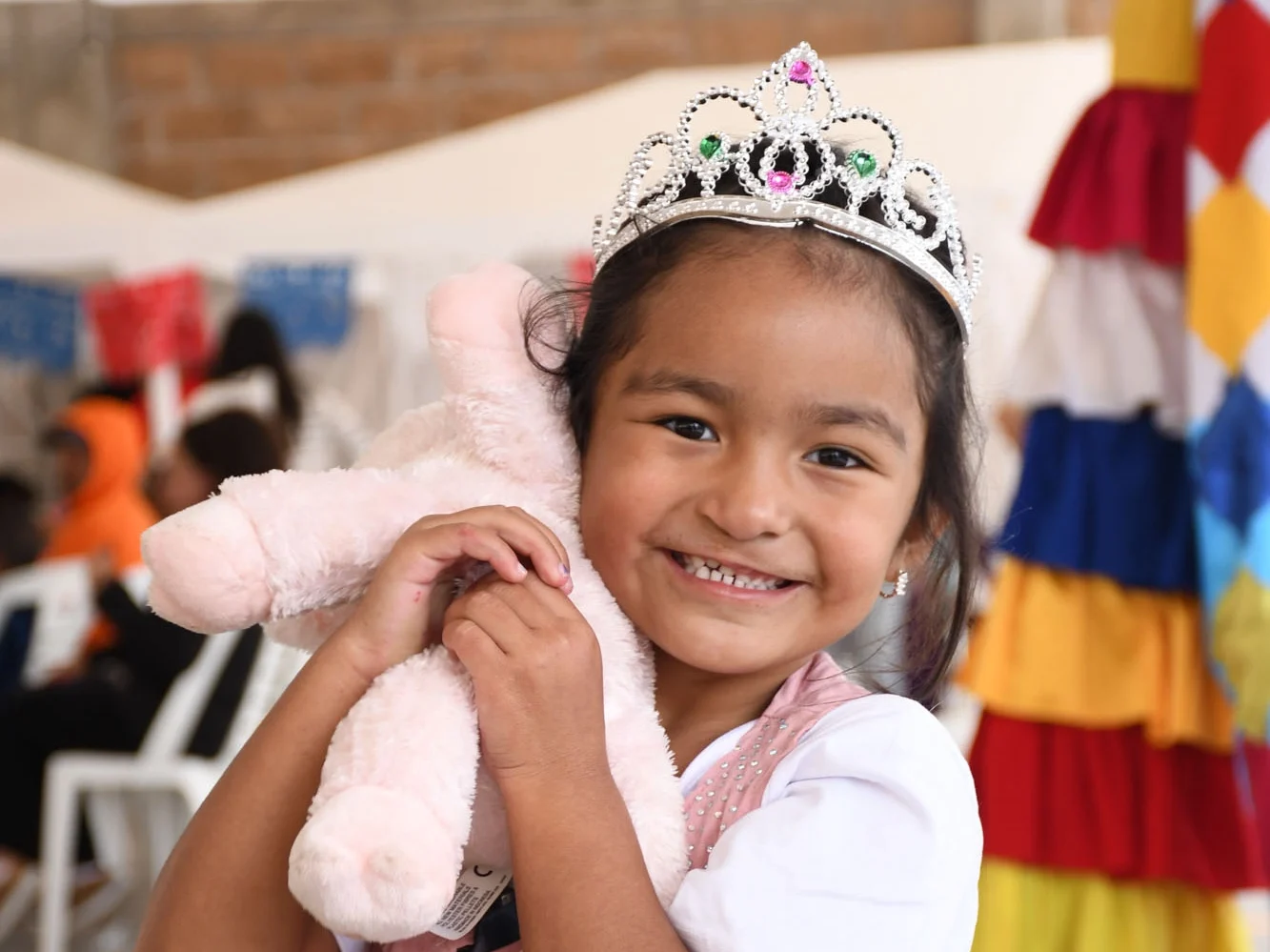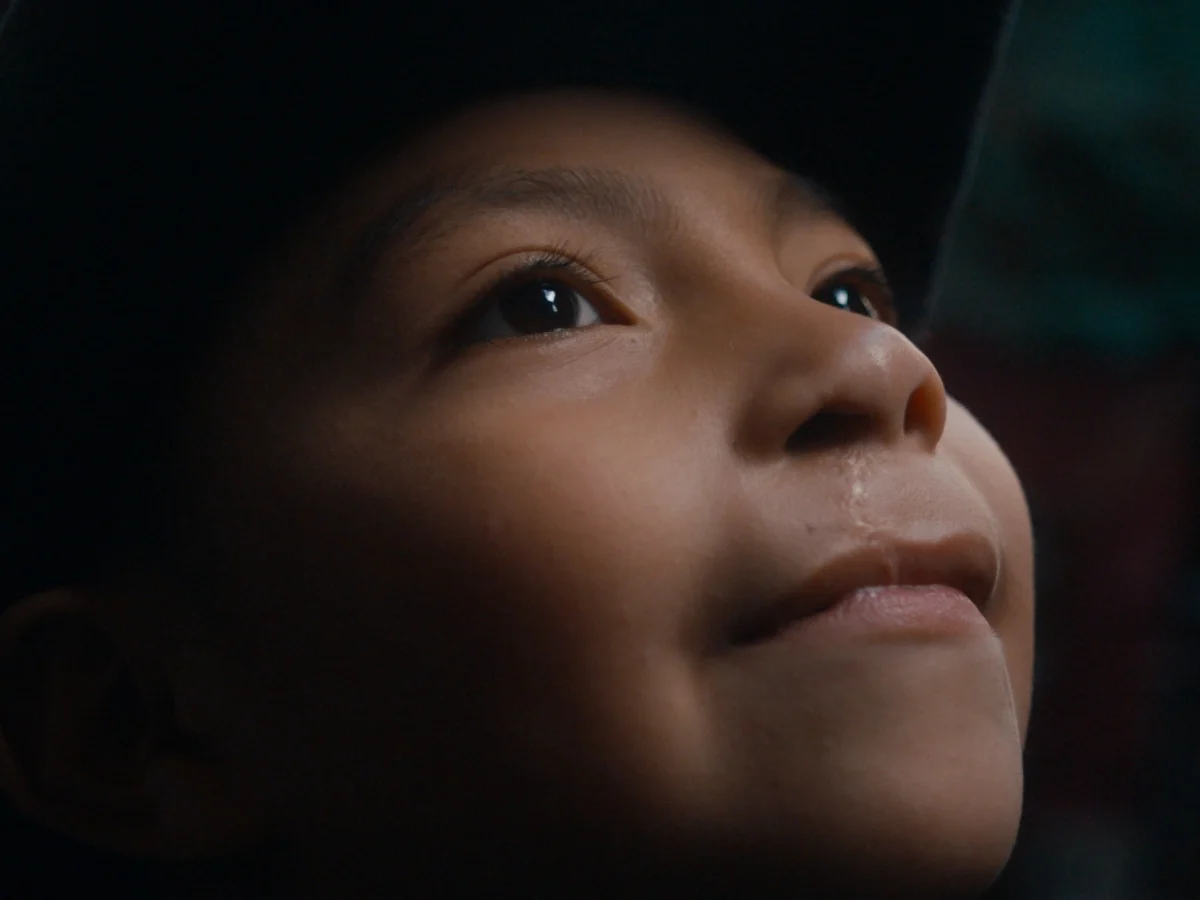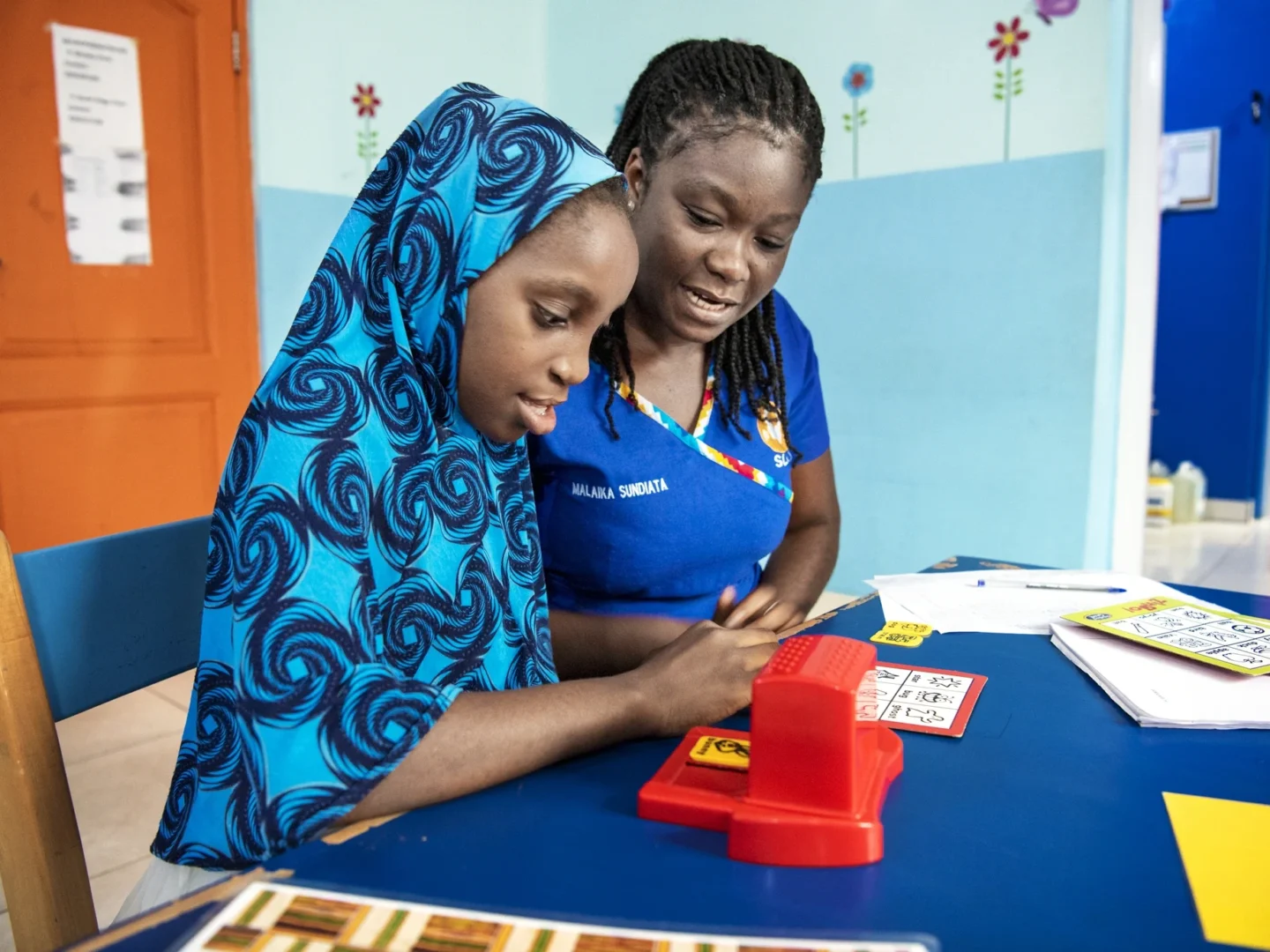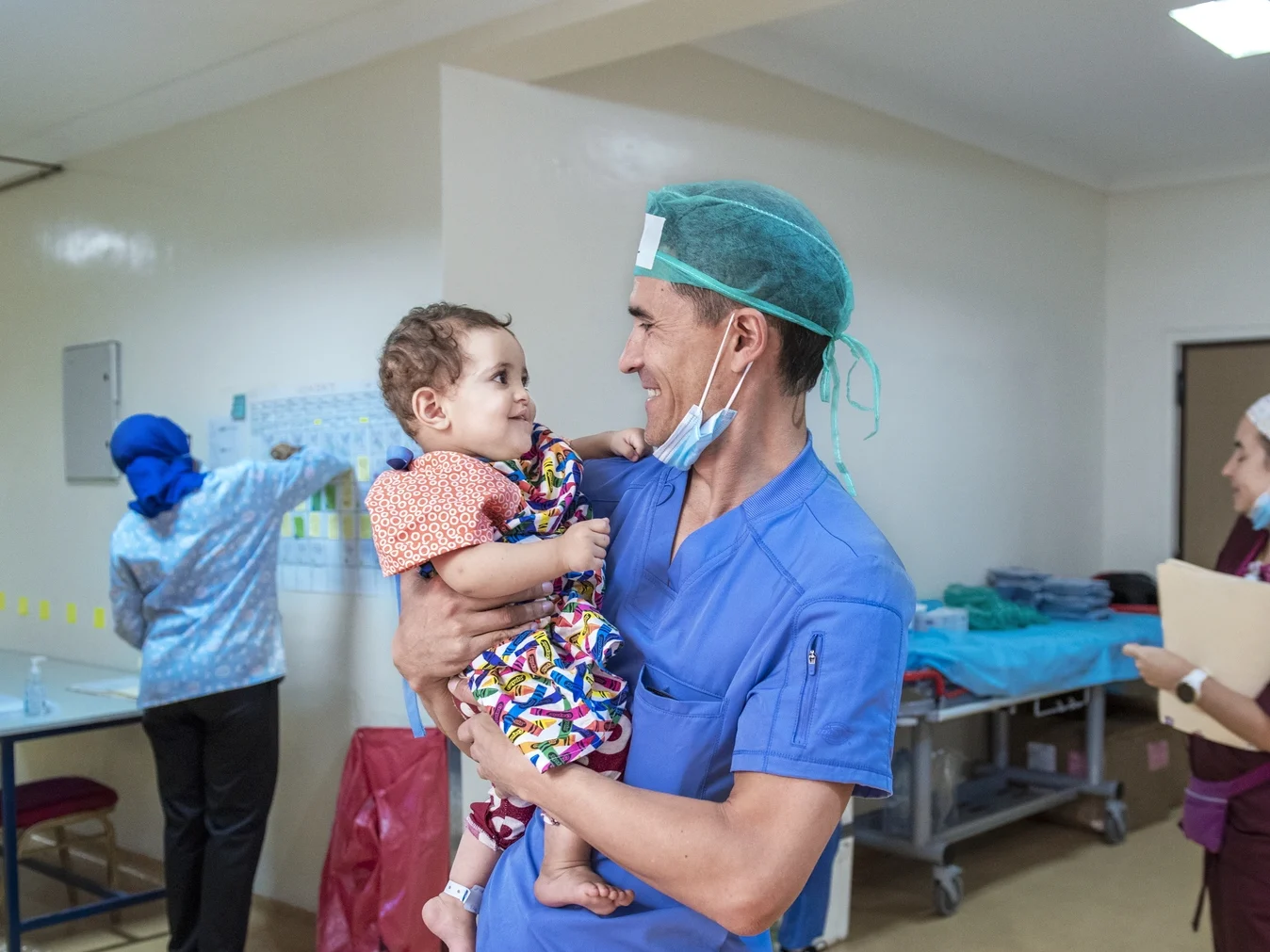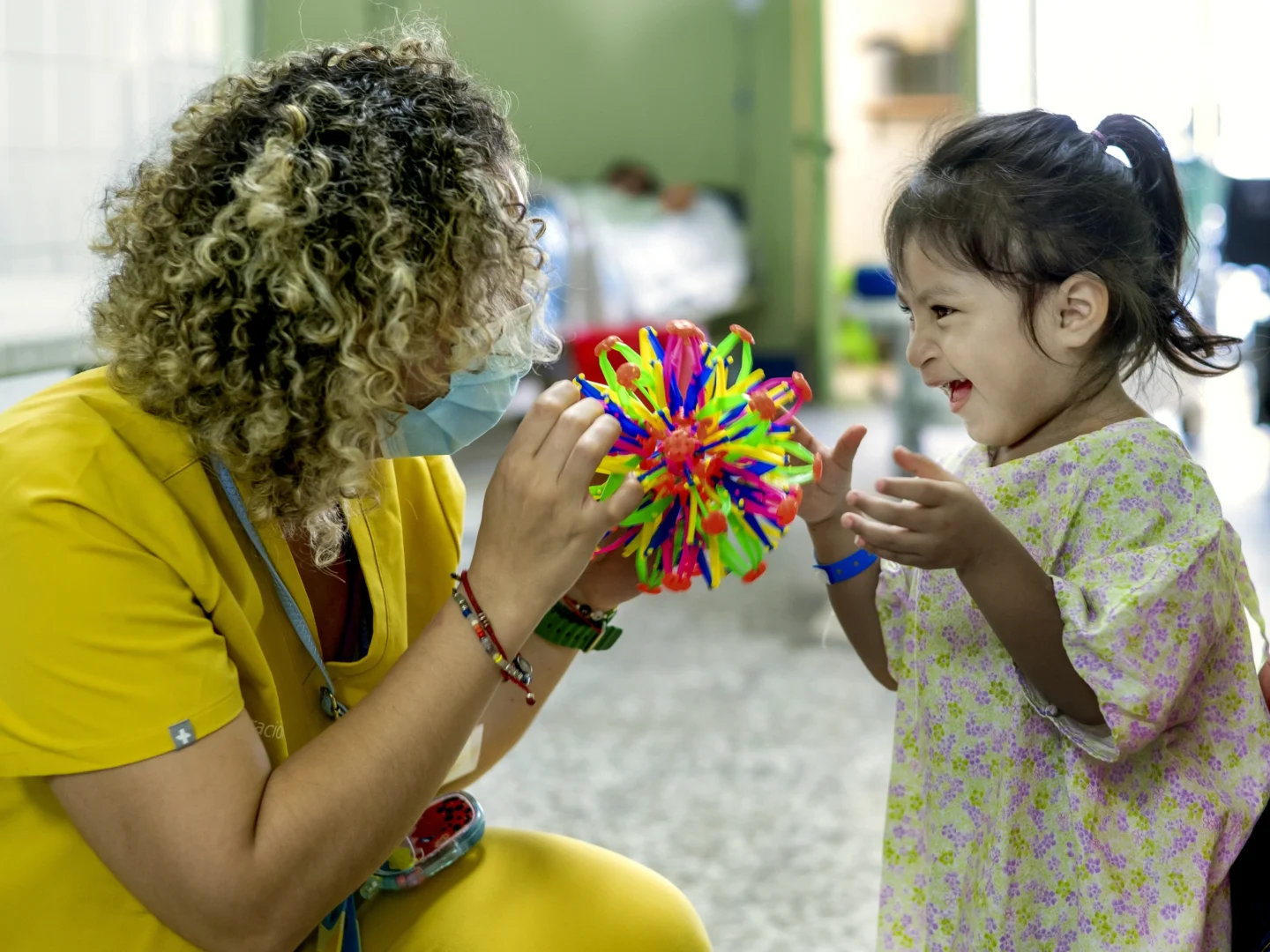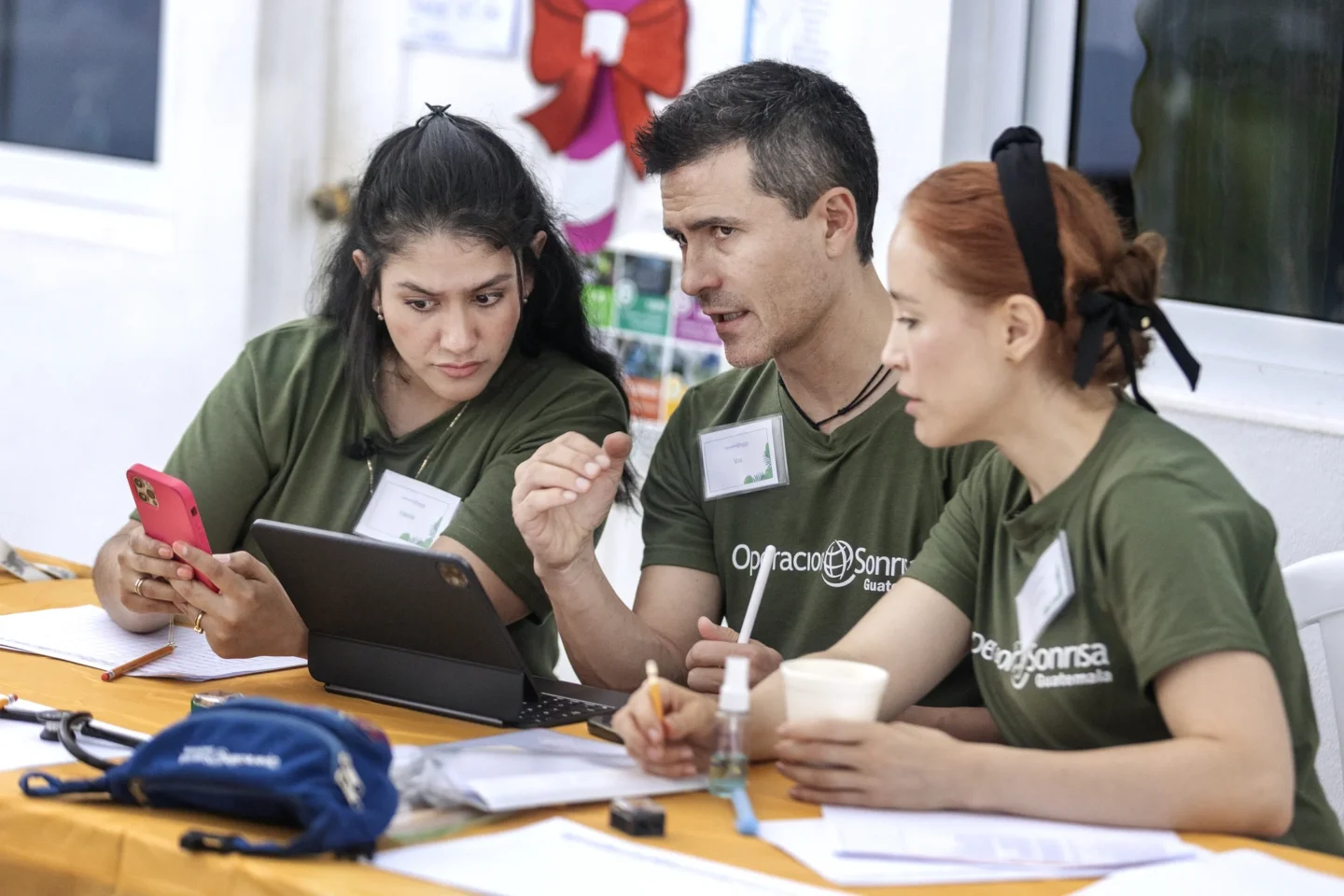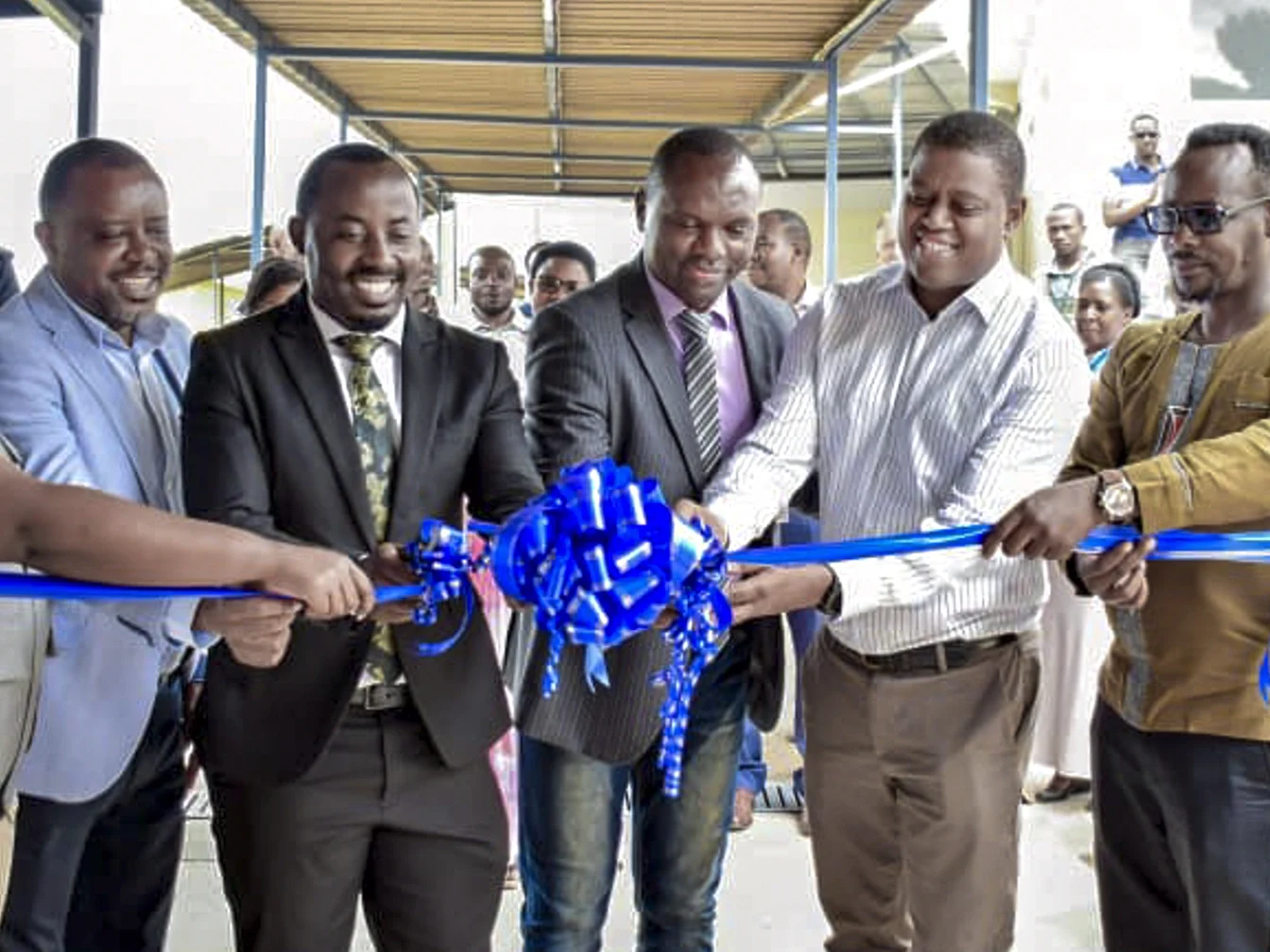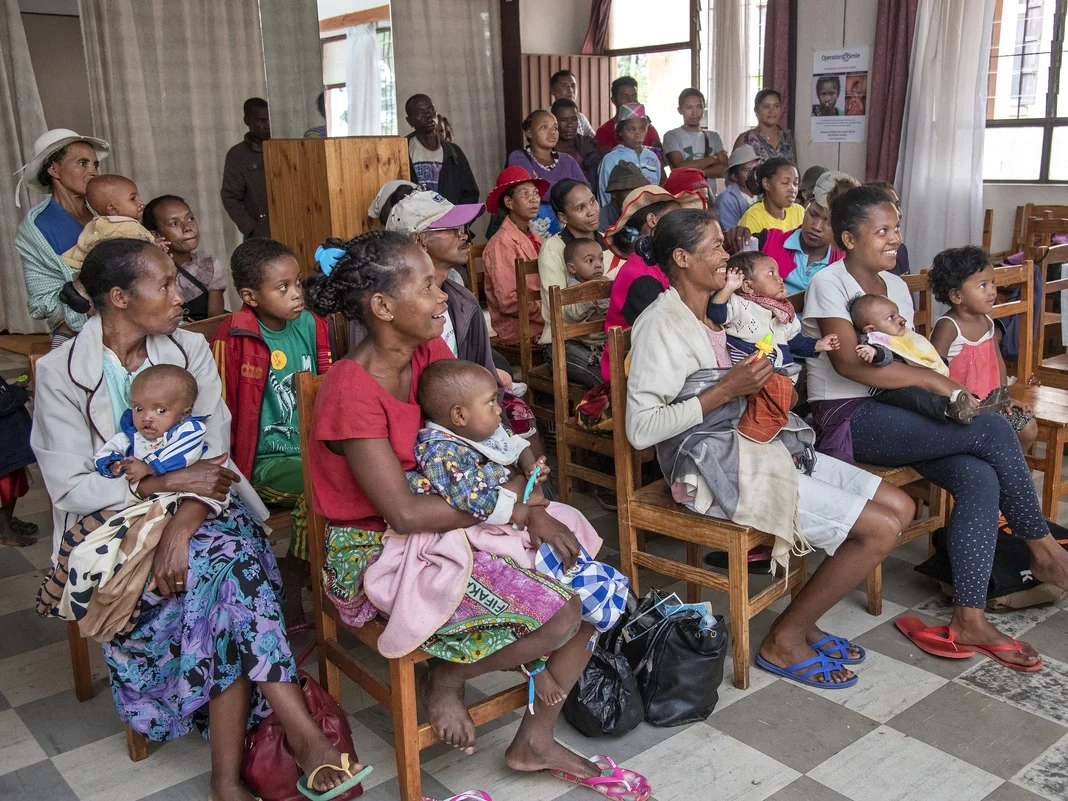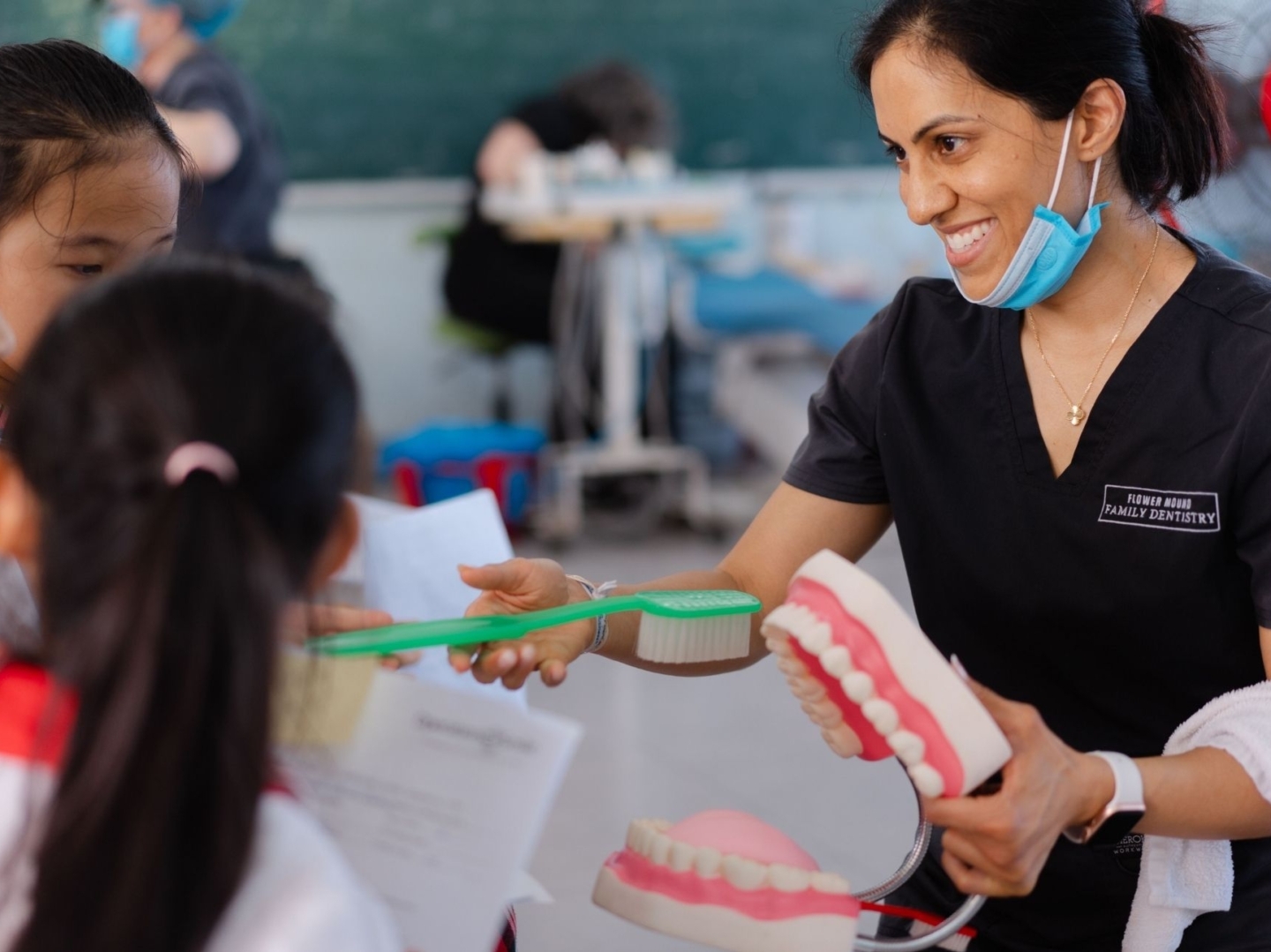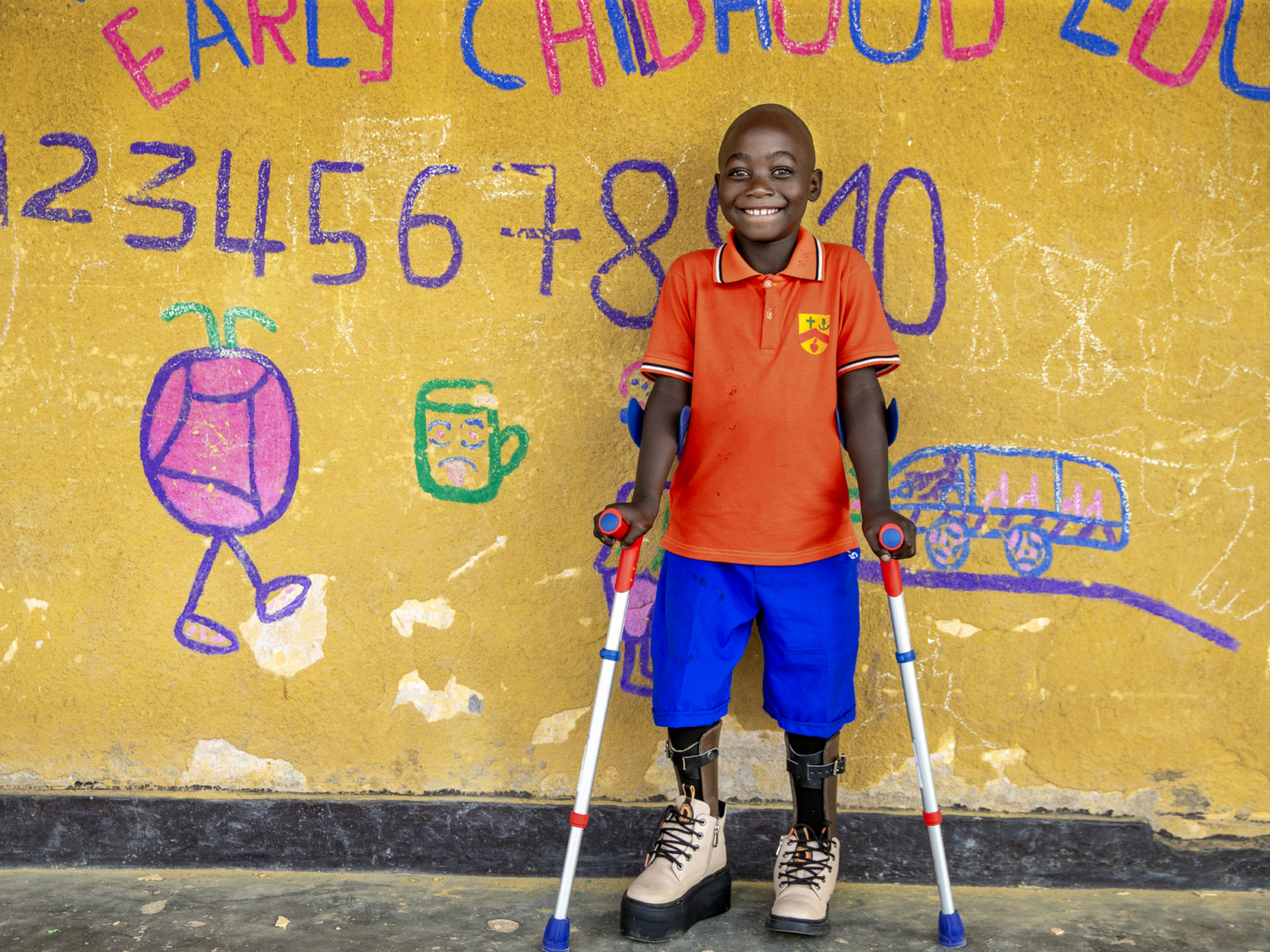Care Providers
Educate, Enrich, Empower: Q&A with Clinical Coordinator Homaire Caicedo
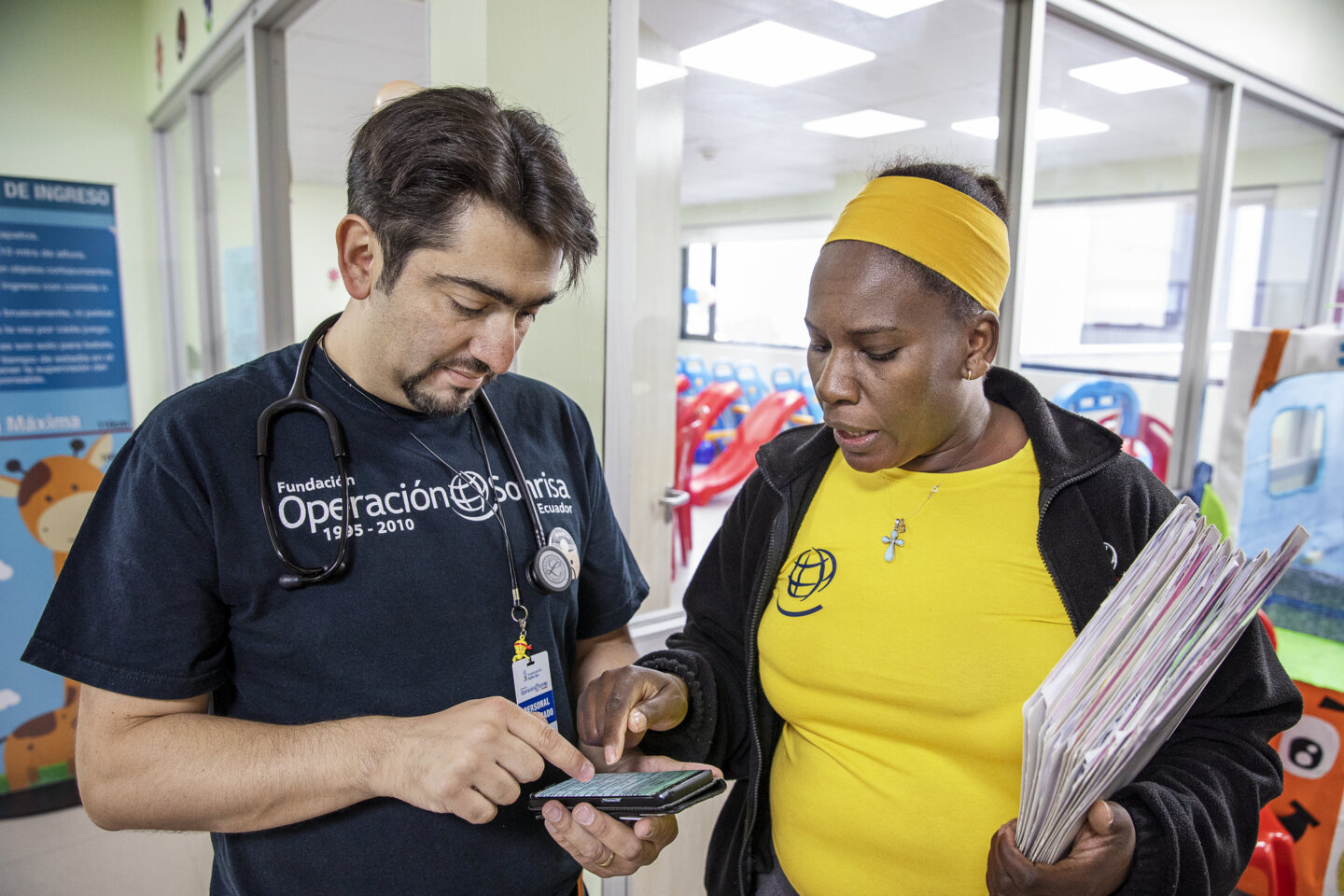
For many families of children born with cleft conditions living in Ecuador, Homaire Caicedo is their beacon of hope.
Homaire has served alongside her local Ecuadorian volunteer team as a nurse and clinical coordinator for 18 years. With nearly two decades of experience in orchestrating the details of an Operation Smile surgical program, she knows that a patient’s need for care begins well before medical supplies and staff even arrive at the program site.
“We don’t start providing breastfeeding support only when the newborn arrives,” Homaire said. “Success comes from educating the mother during pregnancy.”
With August being National Breastfeeding Month, Homaire is actively spreading awareness about how Operation Smile aims to support breastfeeding mothers as early as possible in their child’s development.
“There is no part of my work that is more important than the other,” she said. “As an organization, we have the same devotion to care for a patient regardless of if they are a newborn or a 99-year-old adult.”
We recently connected with Homaire to learn more about why educating and empowering families leads to more enriched lives as well as how Operation Smile Ecuador embodies the concept of complete cleft care.
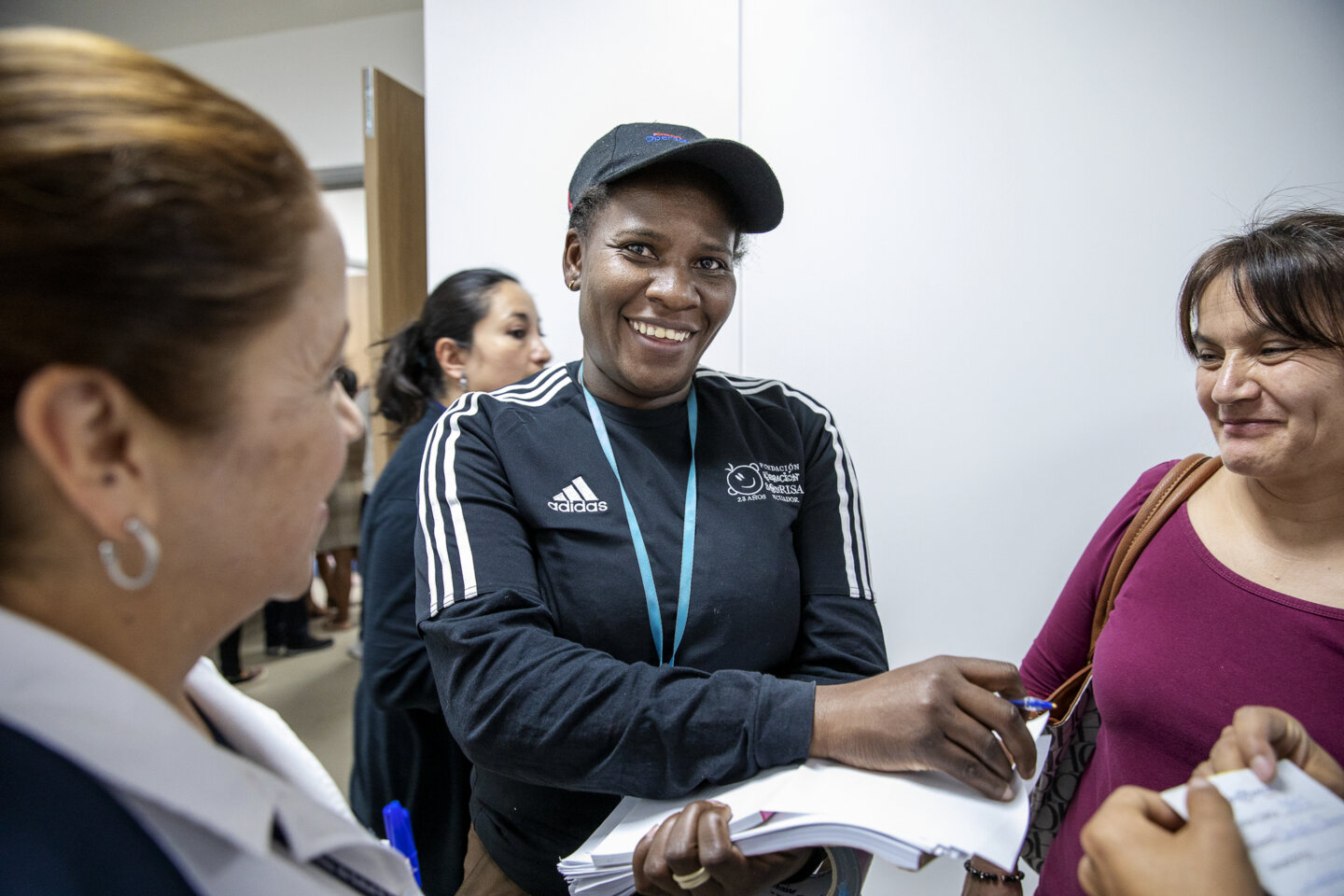
Q: Why do you think breastfeeding is an important component of cleft care for patients?
A: “The first affective bond is in breastfeeding. It is also the first right that the child has. Food, maternal care and breastfeeding, the same one that gives the infant all the nutrients they need. It helps us strengthen the muscles of the palate in order to improve speech. The success of breastfeeding in children born with cleft conditions is that the child is discharged from speech therapy treatment at an early age.
“We don’t start providing breastfeeding support only when the newborn arrives. Success comes from educating the mother during pregnancy by teaching her correct techniques on how to breastfeed the child during the first 72 hours of life. This is where the attachment to breastfeeding begins by preparing the nipples, teaching the mother how to use the correct techniques and removing the fear of breastfeeding their child.”
Q: It’s been said that you often visit families at the hospital where patients with cleft conditions are born in order to provide them with breastfeeding support. Can you share more about this work?
A: “As Operation Smile, we seek to give support to any institution that has a child with a cleft lip and cleft palate. We have built relationships with social workers who are in contact with the nursing department of the foundations to be able to know if there are expectant mothers or mothers who gave birth to children with cleft conditions.
“The enriching thing is that we have formed alliances with the public sector to be able to connect with the expectant mothers, educate them and help them alleviate their fear of breastfeeding.”
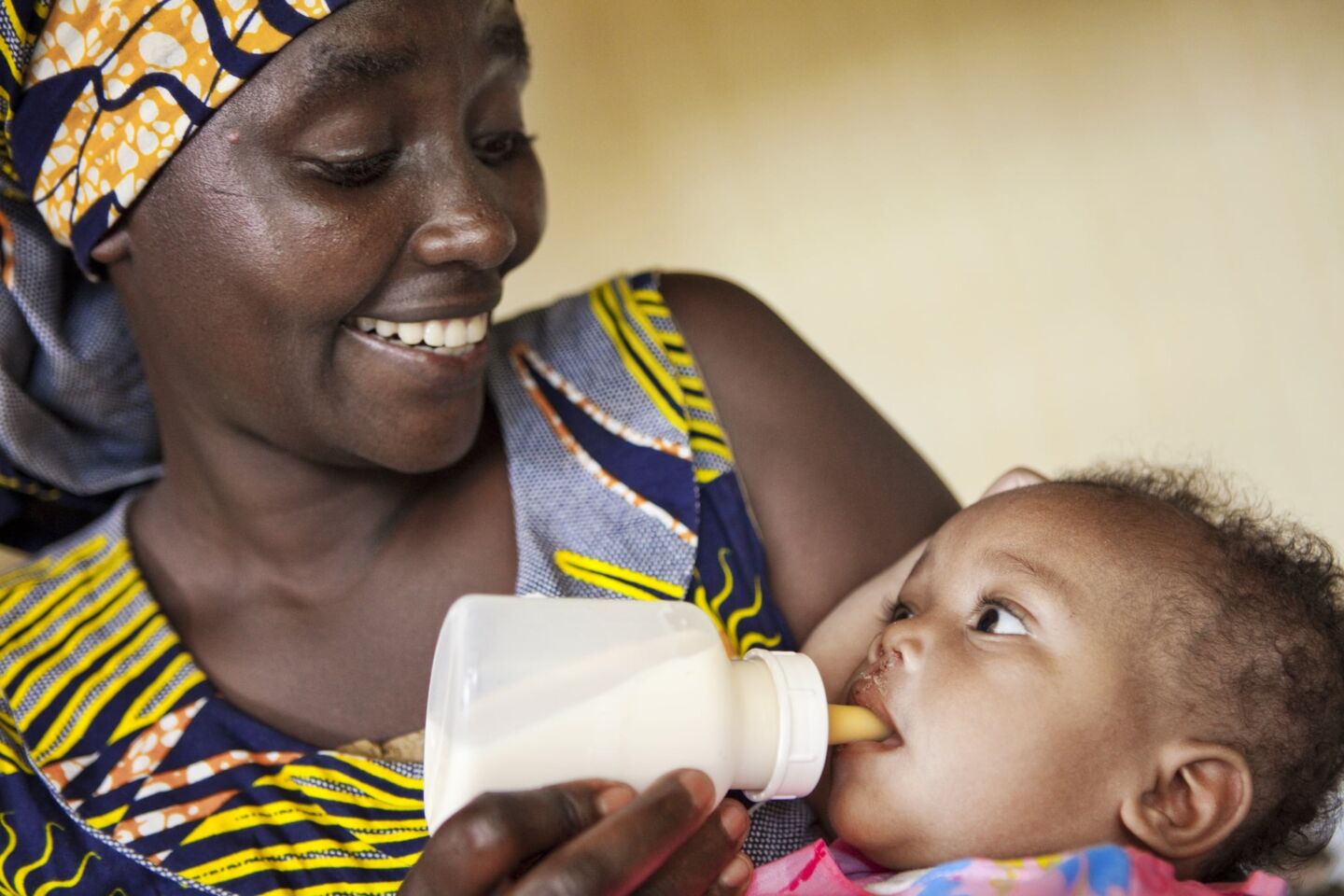
Q: Do you have any best practices around breastfeeding patients with cleft conditions that you would like to share?
A: “All techniques are valid. There is no specific technique that works 100% for every person. The mother will have the capability to choose according to her body, according to her comfort, according to her weight. There are mothers who are obese or malnourished. We must see all these types of variables to give each mother a technique.
“The one that I use the most is the American football technique, which is the one that makes a greater closure of the cleft palate and the one that allows the child to suck. We also use silicone nipples that are placed on the mother’s breast to help to make a better seal to help the child.”
Q: Do you have any advice for working with parents or families of patients around breastfeeding?
A: “I use two psychologies. The one given by the psychologist and the other that I call ‘the thread and the cloth.’ We teach the mother that the cleft condition is simply a lack of thread that we have to sew. The emotional part we work on is that the mother knows that there are ways to feed her child, that handling her child doesn’t change that they are a healthy child who has all the qualities of a child without a cleft condition.
“We must work with the psychological and affective part of the mother so that she has a favorable response at the time of her baby’s birth. This support is vital to ensuring that she already knows the tools that will work from birth to until we can help her with surgery.”
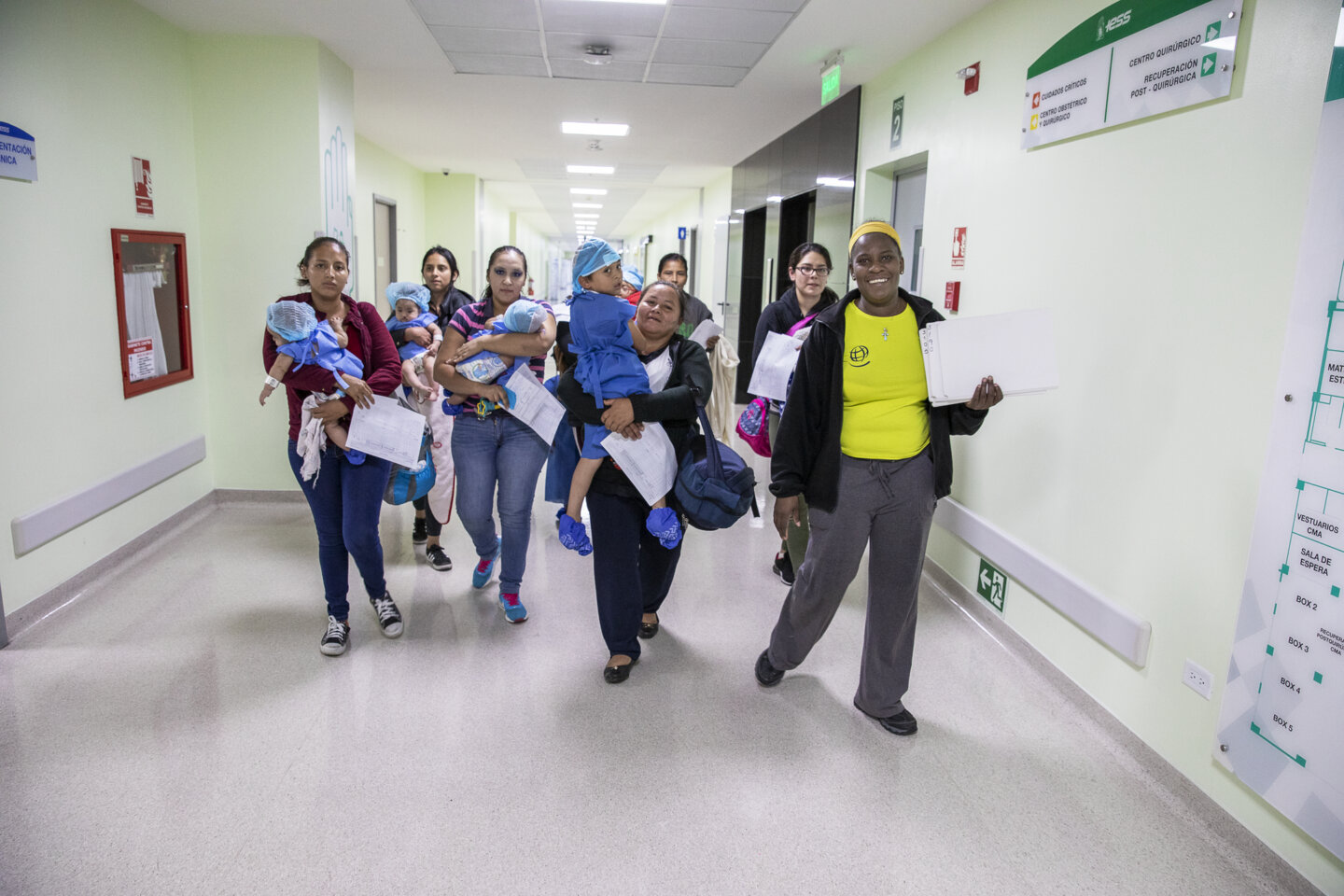
Q: What is the most important part of your work?
A: “All! There is no part of my work that is more important than the other. Maternal education is important because it helps us to better manage the child’s health from birth. Teaching the mother how to feed and how to help her child gain weight. Teaching the child how to do breathing techniques and use of the feeding plate is also important. Then, all the processes carried out by the foundation have the same value of importance.”
Q: Is there anything else you would like to share about your experience and practices in Ecuador?
A: “Cleft conditions are not 100% surgical. It requires continued treatment where the mother knows from the first day of her child’s life that she must start educating herself in speech therapy, orthodontics, breastfeeding.
“Operation Smile Ecuador has made a very important change, which is to unify all professional criteria in the treatment of a cleft condition. This means that the care and treatment of a child with a cleft condition is dependent on the psychologist as well as the surgeon, orthodontist, speech therapist and many other medical professionals. As an organization, we have the same devotion to care for a patient regardless of if they are a newborn or a 99-year-old adult.”
